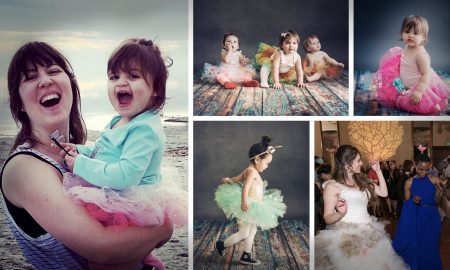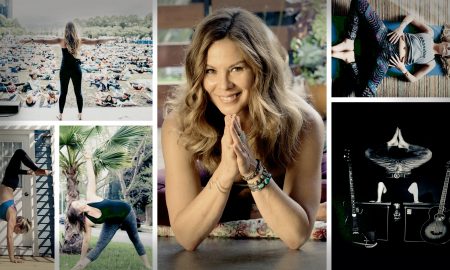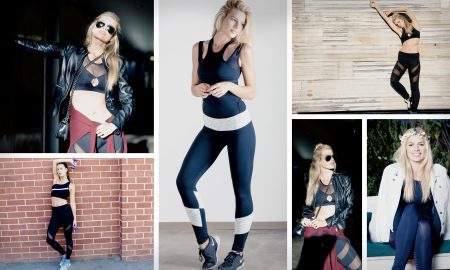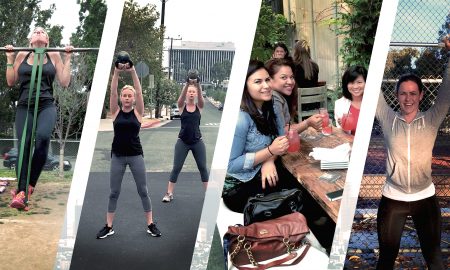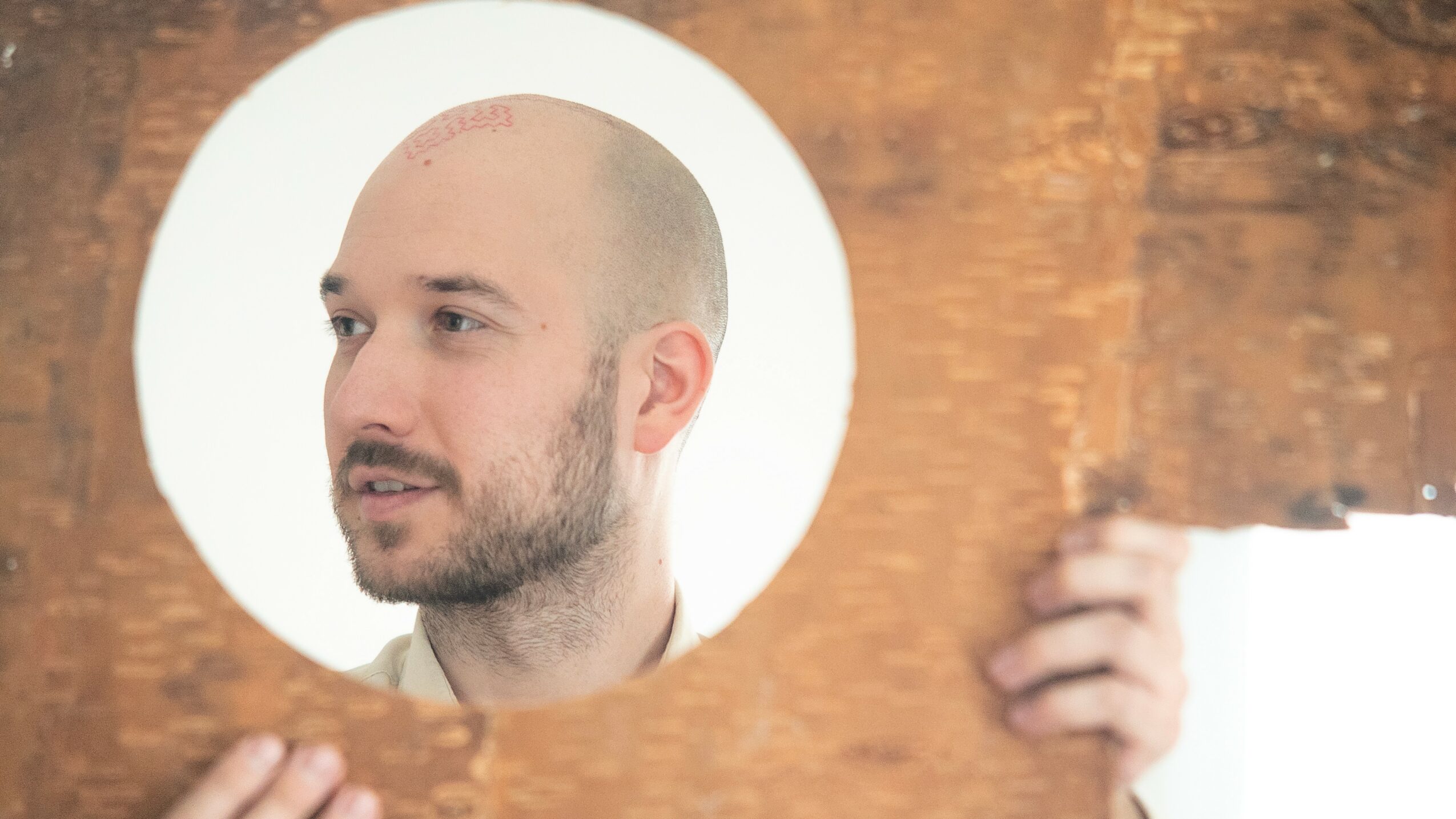

Today we’d like to introduce you to Phillip Gladkov
Hi Phillip, so excited to have you on the platform. So before we get into questions about your work-life, maybe you can bring our readers up to speed on your story and how you got to where you are today?
When I was a kid, my parents, both artists, let me draw all over a closet door in our apartment. That’s where it started, I think. I can still picture that drawing of a colorful, jolly little clown with the bells on its jester hat. Drawing became a constant in my life—I’d always have a pencil in hand, often when I wasn’t supposed to, like during class. Back then, I dreamed of becoming a video game, toy, or fashion designer, which, as it turns out, wasn’t too far off from where I ended up.
There have been a few pivotal moments that shaped my journey. In high school, I leaned heavily into art, channeling my teenage angst and the feeling that the world was a dystopian corrupt wasteland—a perspective fueled by watching way too many documentaries. Winning prizes in juried shows fueled my drive, but life took an unexpected turn when my dream college deferred and ultimately rejected me. I thought I’d give up on college altogether, but external pressures led me to Nassau Community College, where I began figuring things out.
Then came a film that changed the course of my entire life; in early 2013, I watched Koyaanisqatsi by Godfrey Reggio. The film mirrored my feelings about the world while opening my eyes to the power and creative capability of cinema. It inspired me to create my first short film, compose my first score, and attend Tisch School of the Arts at NYU. Film took center stage in my creative work.
My thesis film grew into something bigger than I’d planned. Over three years, I poured everything into my feature film, “5”, which spanned a single day, four seasons, and a journey from serene nature to a gritty city. It was a labor of love and a massive learning experience. Sharing the finished film with Godfrey Reggio, who called it “a cinematic beacon of simplicity and beauty,” was an unforgettable validation of the effort I’d poured into it.
Since then, I’ve continued exploring art and storytelling, guided by my care for humanity and a desire to help heal a world that often feels broken.
I’m sure it wasn’t obstacle-free, but would you say the journey has been fairly smooth so far?
That’s funny—I’d love to meet someone who says “yes” to this question.
It’s a struggle to live in a world where humans, non-human animals, and nature are exploited endlessly, often to the point of our own destruction. Maybe when I was a kid and didn’t realize there even was “a road,” things felt smoother. These days, the road only feels smooth in fleeting moments—successes or being completely present in nature—but those moments are rare, and the landing back to reality can be hard.
In an ideal world, artists would create purely for the sake of creation: out of self-expression, care for the world, or both. But in this world, we have to “sell ourselves.” It’s a constant juggling act to preserve integrity while paying rent.
In 2022, I moved to LA, and shortly after, the Writer’s Strike hit. Like so many others, I went from consistently working to questioning whether I needed to return to school for a different career. It’s been a rough transition to a new city, working random jobs to make ends meet. But even still, I feel privileged that I’ve been able to stay afloat and carve out time to pursue my projects by opting to take jobs outside of my field, teaching. Some of the stories of my peers in the industry struggling to make ends meet break my heart.
When career struggles pile on top of unavoidable life challenges, it can feel like the world is imploding. That’s when I turn to art—it helps me transform suffering into something tangible that connects me with others. A creative nod, saying, “I see you; you’re not alone. You’re not crazy. This world is. ”
As you know, we’re big fans of you and your work. For our readers who might not be as familiar what can you tell them about what you do?
Thank you for asking! I’m a director, writer, editor, fine artist, and musician. Right now, I’m primarily focused on film and fine art, but everything I do stems from the same desire: to tell stories that explore the beauty of nature and the depths of the human condition.
I think what sets me apart is my ability to intertwine these themes—nature and humanity—in ways that feel fresh and resonant. I’ve always felt a deep connection to the natural world, and that connection has been a driving force in my work, whether I’m painting, creating films, or experimenting with new mediums.
For the past eight years, I’ve been working closely with birch bark, a material used by humans for millennia. Growing up, my Russian parents decorated our apartment with objects made from birch bark, so it feels deeply personal to incorporate it into my art. Working with this material has become more than a technique—it’s a way for me to connect with nature, my cultural roots, and the countless generations who have used birch bark before me.
The process itself is incredibly therapeutic. I forage for bark in the forest, peel it into thin layers, and transform it into something new. I can spend hours touching, sorting, and admiring the bark; sometimes, it’s hard for me even to get myself to cut it for the pieces I need it for.
Recently, I combined my love for birch and film by creating the world’s first stop-motion animation made entirely out of birch bark: “Story of the Sun.” It’s an original contemporary myth about the first humans discovering fire, which only makes sense since birch bark has been used to ignite fires since the Neanderthal era. This film represents so much of what drives me as an artist: blending tradition with innovation, celebrating humanity’s connection to nature, and telling stories that resonate on a deeper level.
The film has been screening at festivals, and I’m planning a birch bark art exhibit to coincide with its release. It feels exciting to bring these two worlds—film and fine art—together in such a meaningful way.
At this point in my career, I’m passionate about further exploring the intersections between art, animation, and film. To see what truly sets me apart, I’d encourage you to experience my work—it has a way of speaking for itself in ways words never could.
The crisis has affected us all in different ways. How has it affected you and any important lessons or epiphanies you can share with us?
Outside of life’s inevitable challenges, I think our most significant obstacle is often ourselves. Bad habits, undervalued worth, self-doubt, and lack of discipline block us from living our most fulfilling lives. Outside forces play a role, of course, but too often, I catch myself making excuses for why I can’t do something instead of focusing that energy on what I can do.
For artists, one of the most persistent challenges is that little voice in our heads that says, “What’s the point? Why does this matter? Nobody needs this. You’ll never succeed.” These doubts are often projections from societal messages or people we’ve encountered, but when they take the form of our own inner voice, they can be deeply limiting and damaging.
To counteract that, I try to host an internal dialogue. I ask myself these same questions and give myself real answers. “Why does this matter?” is the question that echoes the loudest inside me, and I think it’s important to explore that meaning as an artist.
I once heard a scientist describe science as the exploration of the outer world and art as the exploration of the inner world. That stuck with me. You can’t fully explain why a symphony gives you goosebumps, why a painting makes you cry, or how a film can leave you wanting to be a better person, but those things matter. They’re what make us human.
Recently, I saw an exhibit at LACMA on art and color in Mesoamerican art, and I read a placard about the role of artists and sages in Nahua and Mayan cultures. It said they brought order out of chaos and colors out of darkness and light. Art was seen as both cosmic play and cosmic responsibility. That resonated deeply with me, and I hold onto that sentiment in my own work.
As an artist and storyteller, my roles include helping us turn our gaze inward, shining light into the depths of our darkness, releasing pain, and inspiring the human spirit—in the face of endless suffering—to keep striving toward a better world.
Contact Info:
- Website: https://phillipgladkov.com/
- Instagram: https://www.instagram.com/phillipgladkov/
- Youtube: https://www.youtube.com/@phillipgladkov








Image Credits
Phillip Gladkov, Johnny Frost


